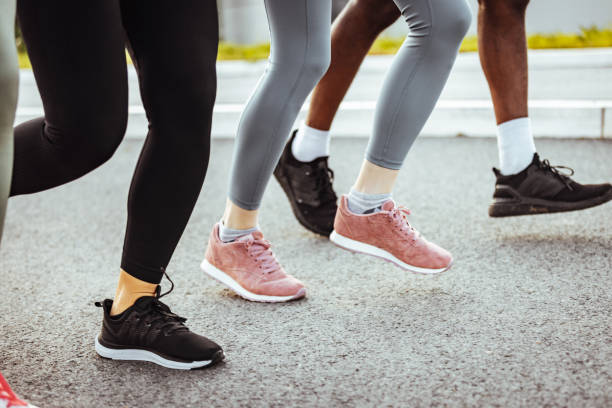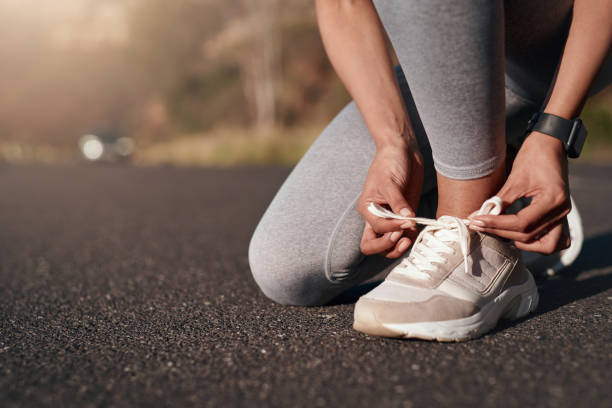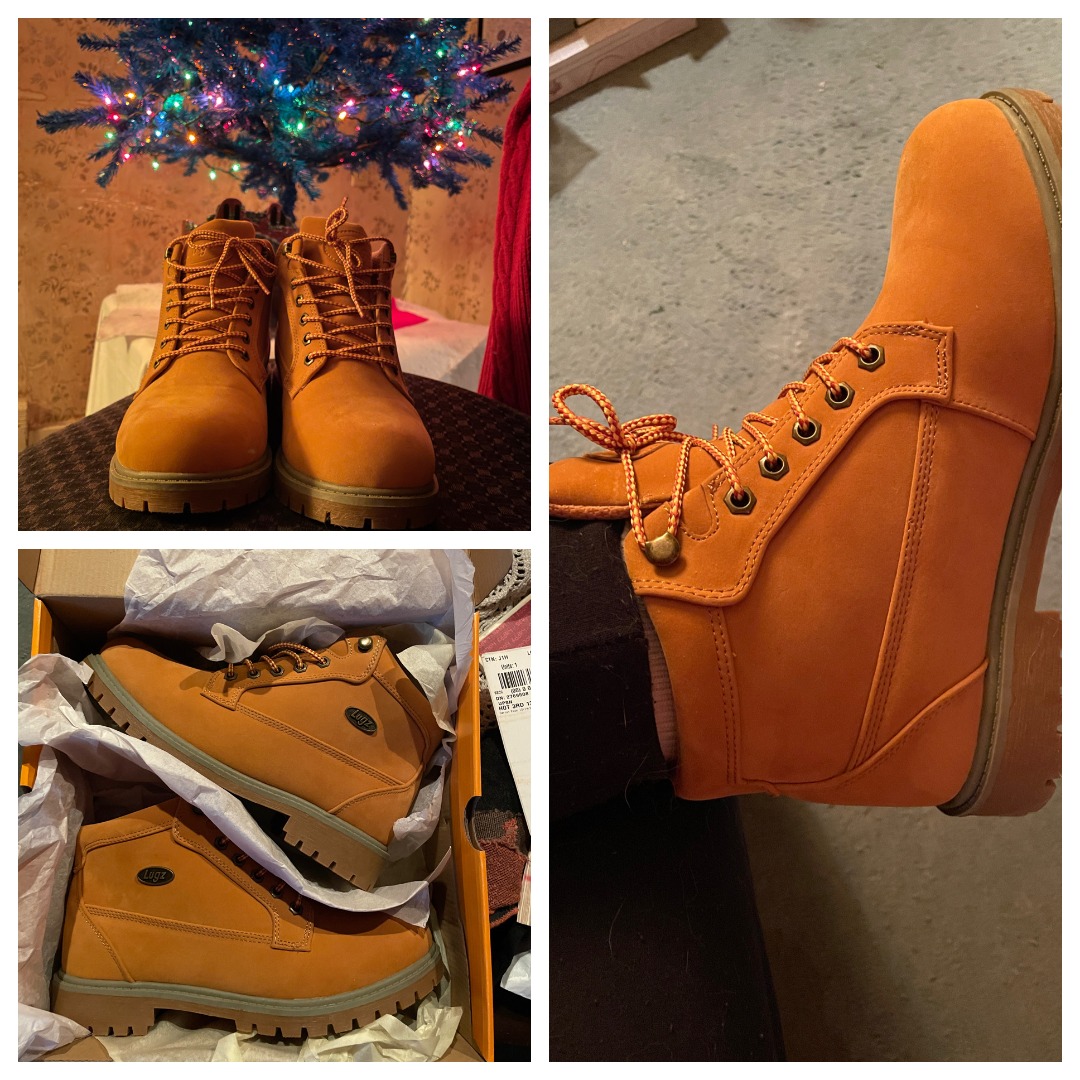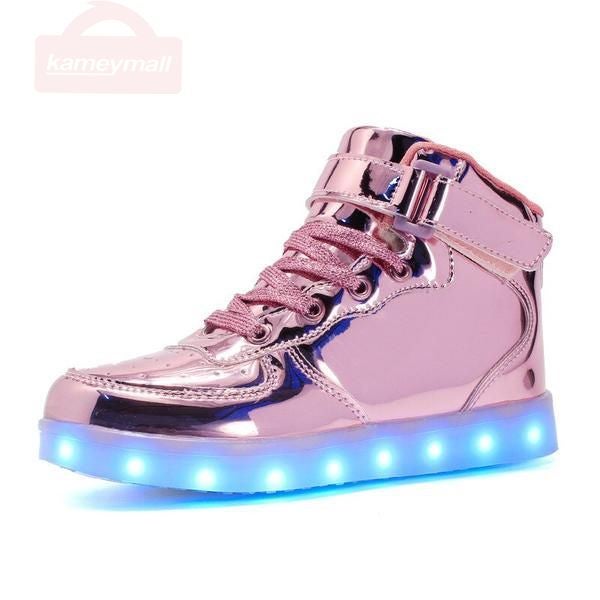How to Choose the Perfect Pair of Running Shoes
Running Shoe Buying Guide
Choosing the perfect pair of running shoes can be a daunting task, especially with the countless options available in the market today. Whether you are a seasoned runner or just beginning your running journey, having the right pair of shoes is crucial for a comfortable and injury-free experience. This comprehensive guide will walk you through the essential factors to consider when selecting running shoes, ensuring that you make an informed decision and find the perfect fit for your feet. And having the perfect pair of running insoles, can make the difference in the perfect shoe and feeling comfortable.
Tips for Choosing Running Shoes
1. Know Your Foot Type
Before embarking on your journey to find the perfect running shoes, it is essential to understand your foot type. There are three main types of feet:
- Neutral Arch: If you have a neutral arch, your foot tends to roll slightly inward (pronate) upon impact. Look for shoes with cushioning and stability to support your gait.
- Low Arch: If you have a low arch or flat feet, your foot tends to roll excessively inward (overpronate) when running. Look for shoes with motion control features to provide support and prevent overpronation.
- High Arch: If you have a high arch, your foot tends to roll outward (supinate) upon impact. Look for shoes with ample cushioning to absorb shock and provide stability.

2. Consider Shoe Size and Width
When it comes to running shoes, size matters. Your running shoes should provide enough room for your toes to move comfortably without feeling cramped. Make sure to measure your feet regularly as shoe sizes can vary among different brands. Additionally, consider the width of the shoe. If you have wide feet, look for running shoes that offer a wide or extra-wide option to avoid discomfort during your runs.
3. Prioritize Comfort
Comfort should be at the forefront of your decision-making process when selecting running shoes. While it may be tempting to opt for trendy designs, remember that the primary purpose of running shoes is to provide comfort and support. Look for shoes with ample cushioning, especially in the midsole, that will absorb shock and reduce the impact on your joints. Additionally, pay attention to the shoe's breathability and flexibility to ensure maximum comfort during your runs.
4. Consider Your Running Style
Everyone has a unique running style, and choosing shoes that match your running mechanics is essential for optimal performance. Consider whether you are a long-distance runner, a trail runner, or someone who prefers short sprints. Different types of running shoes are designed to provide specific support and features based on the terrain and distance you typically cover during your runs. Understanding your running style will help you narrow down your options and find a pair of shoes that suits your needs.
5. Test Them Out
Once you have gathered a selection of potential running shoes, it's time to put them to the test. Visit a reputable running store that specializes in fitting running shoes and ask them to analyze your gait. Many stores will have a treadmill or a designated area where you can try on the shoes and run a short distance to get a feel for their performance. Pay attention to how the shoes feel on your feet and if they provide the necessary support and comfort. Remember, running shoes should feel good from the moment you put them on, so trust your instincts when making your final decision.
Factors for Picking Running Shoes
1. Shoe Cushioning
One of the most crucial factors to consider when choosing running shoes is the level of cushioning. The cushioning in the midsole acts as a shock absorber, reducing the impact on your feet and legs while running. Depending on your preferences and running style, you can choose between shoes with maximum cushioning, moderate cushioning, or minimal cushioning. Runners who require extra support and protection may opt for maximum cushioning, while those looking for a more responsive and lightweight experience may prefer minimal cushioning.
2. Arch Support
Your arch type plays a significant role in determining the level of support you need from your running shoes. As mentioned earlier, individuals with a neutral arch, low arch, or high arch require different levels of support to maintain proper alignment and prevent injuries. Look for shoes that offer adequate arch support specific to your foot type. Many running shoe models come with built-in arch support, while others may allow you to insert custom orthotics for personalized support.
3. Shoe Width
Ensuring that your running shoes fit properly in terms of width is crucial for overall comfort and to prevent blisters and discomfort. If you have wide feet, it is essential to choose shoes that offer a wider option to accommodate the width of your feet. Many running shoe models come in multiple-width options, so be sure to try them on and assess the fit before making your final decision.
4. Breathability
During a run, your feet can generate a significant amount of heat and moisture, making breathability an essential factor to consider. Look for running shoes with breathable uppers made from mesh or other moisture-wicking materials. These materials help to keep your feet dry and cool, reducing the risk of blisters and discomfort. Additionally, shoes with adequate breathability are less likely to develop unpleasant odors.
5. Durability
Investing in a pair of durable running shoes is essential for long-term use and to avoid frequent replacements. Consider the quality of the materials used in the shoe's construction and assess the overall build. Look for reinforced areas such as the toe cap and heel counter that can withstand the rigors of running. While durable shoes may come at a slightly higher price point, they are a worthwhile investment that will save you money in the long run.

6. Traction
If you often run on challenging terrains such as trails or uneven surfaces, it is important to choose running shoes with sufficient traction. The outsole of the shoe should have a pattern or lugs that provide grip, stability, and traction, preventing slips and falls. Assess the design of the outsole and consider the specific terrain you typically encounter during your runs to ensure that the shoes can handle the conditions.
7. Running Shoe Brands
With numerous brands competing in the running shoe market, it can be overwhelming to decide which brand to choose. Some popular running shoe brands known for their quality and performance include Nike, Adidas, New Balance, Brooks, and Asics. However, it's important to remember that different brands may cater to different foot types and running styles. Take the time to explore different brands and models, and consider trying on shoes from various manufacturers to find the one that best suits your needs.
8. Price Range
Running shoes can vary significantly in price, and it's essential to set a budget that aligns with your requirements. While it may be tempting to opt for the most expensive shoes on the market, keep in mind that the price tag does not always guarantee the best fit for your feet. Conversely, extremely cheap running shoes may lack the necessary support and durability. Assess your budget and look for shoes within that range that meet your specific needs in terms of comfort, support, and durability.
Remember, finding the perfect pair of running shoes is a personal process, and what works for one person may not work for another. It's important to consider your unique foot type, running style, and individual preferences when making your decision. By following the tips and factors outlined in this guide, you can embark on your running journey equipped with the knowledge to choose running shoes that will enhance your performance, provide optimal comfort, and reduce the risk of injuries.

